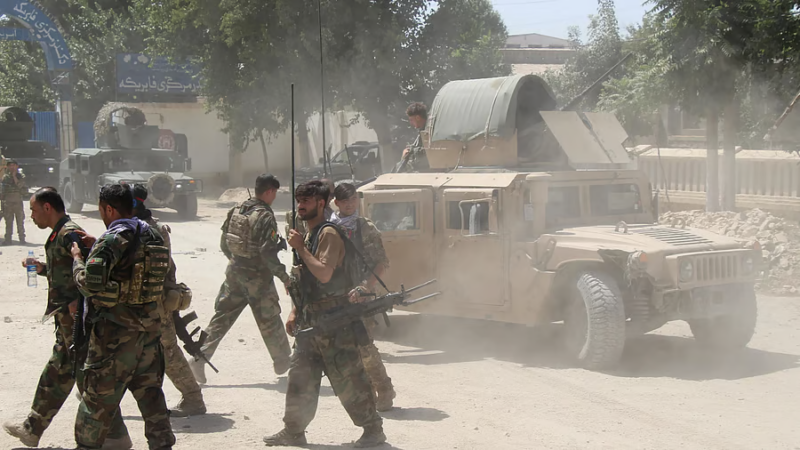Taliban using Afghanistan’s natural resources to attract countries

Kabul, Afghanistan: The Taliban leadership is using natural resources as a bargaining chip for international recognition, the report in The Frontier Post said, adding that it is also hoping to use Afghanistan’s natural resources to stop an imminent collapse of the cash-strapped economy.
At the same time, the Taliban also looks at Afghanistan’s natural resources as a means to establish its legitimacy among the Afghan population by providing jobs.
Afghanistan possibly has the fourth-largest iron-ore reserves in the world, the report said. Adding that according to the United States Geological Survey (USGS) and Afghan Geological Survey (AGS), the iron and copper reserves alone may be worth $700 billion.
Afghanistan also has the second-largest lithium reserves after Bolivia, to the extent that some experts call Afghanistan the Saudi Arabia of lithium. At the same time, the country also has significant reserves of gold, oil, natural gas, uranium, bauxite, coal, rare-earth metals, chromium, lead, zinc, gemstones, talc sulfur, travertine, gypsum and marble, the report added.
In 2017, the United States Institute of Peace (USIP) had published a special report on how these resources were being looted at the industrial level in order to fund all kinds of illicit activities including terrorism.
The Ashraf Ghani-led Afghan government published the first-ever government policy paper to tap into Afghanistan’s vast natural resources but failed in its plans due to colossal corruption, continued violence and the geographically landlocked nature of the country.
China looks to Afghanistan as a guarantee for all rare-earth metal demands so as to dominate the global market, the report said, adding that China is the biggest investor in Afghanistan’s mining industry.
Taliban is also looking at India as India has both the financial and technological capacity to help Afghanistan’s mining industry and economy, the report further said.
Rare-earth elements are produced in a handful of countries and play an essential role in technology, from microchips to speakers to X-ray imaging.
Last month, the price of rare earth hit a record high after demand outpaced supply in the world’s top producer China. In 2020, China produced 140,000 tons of rare-earth metals, accounting for nearly 60 per cent of global output.






